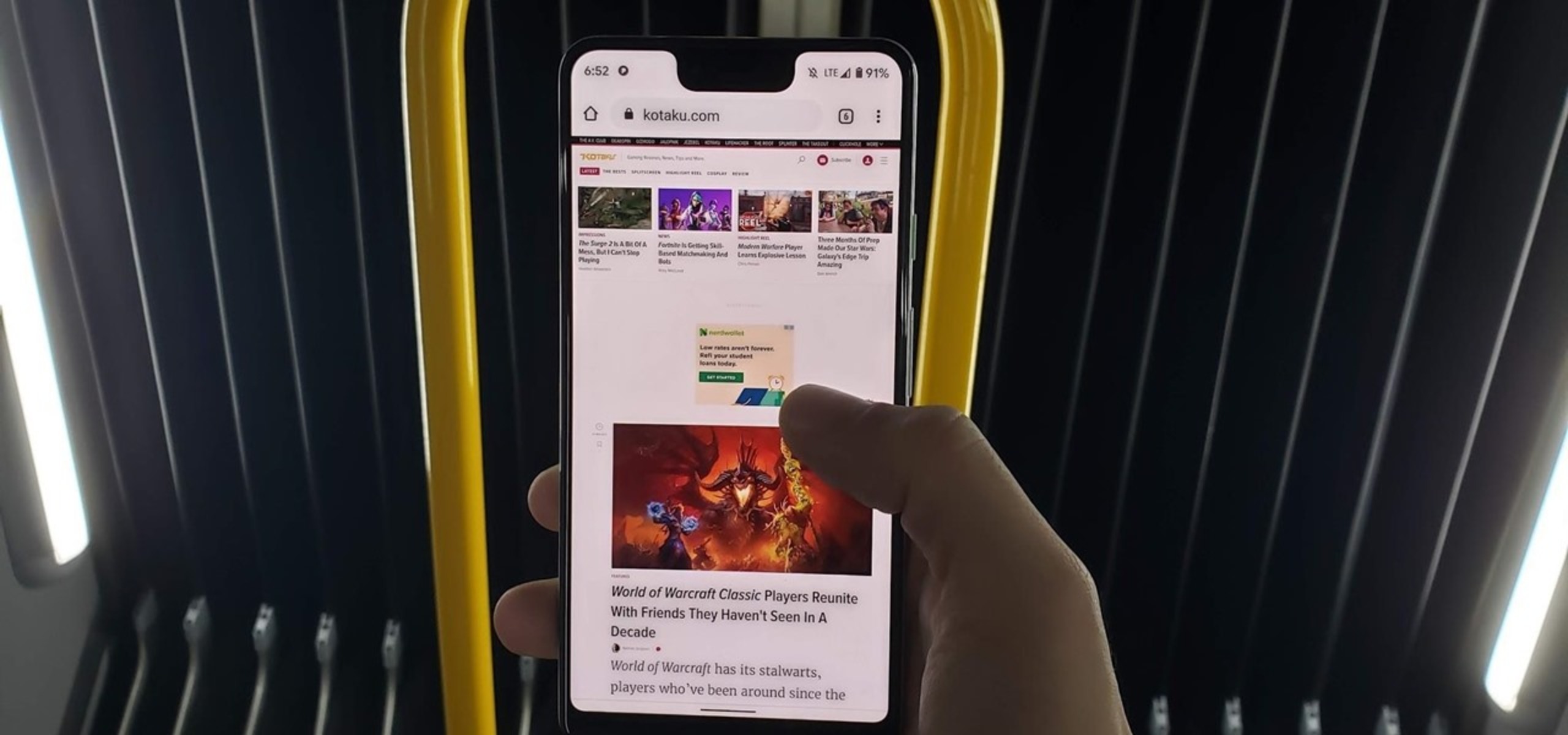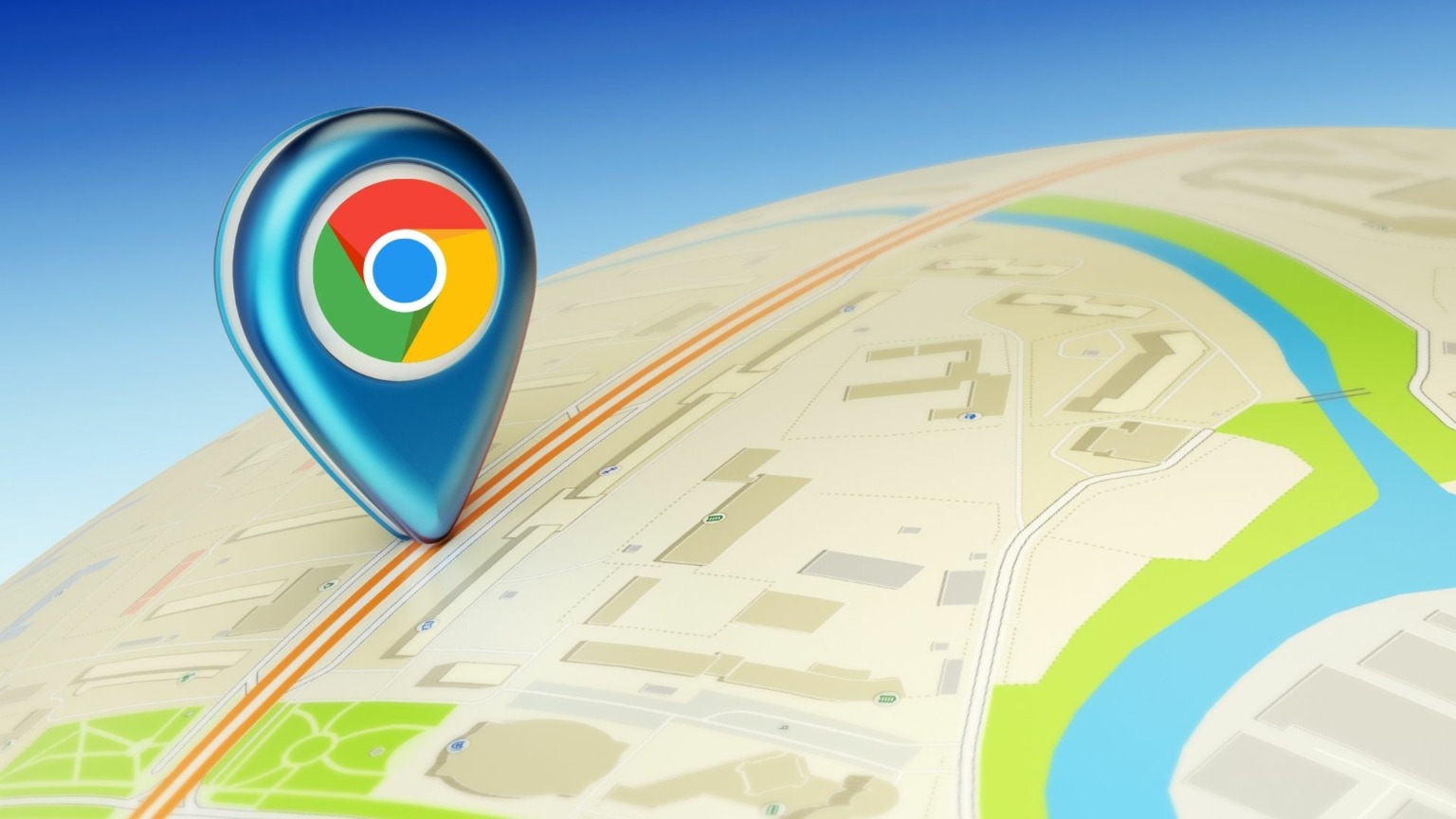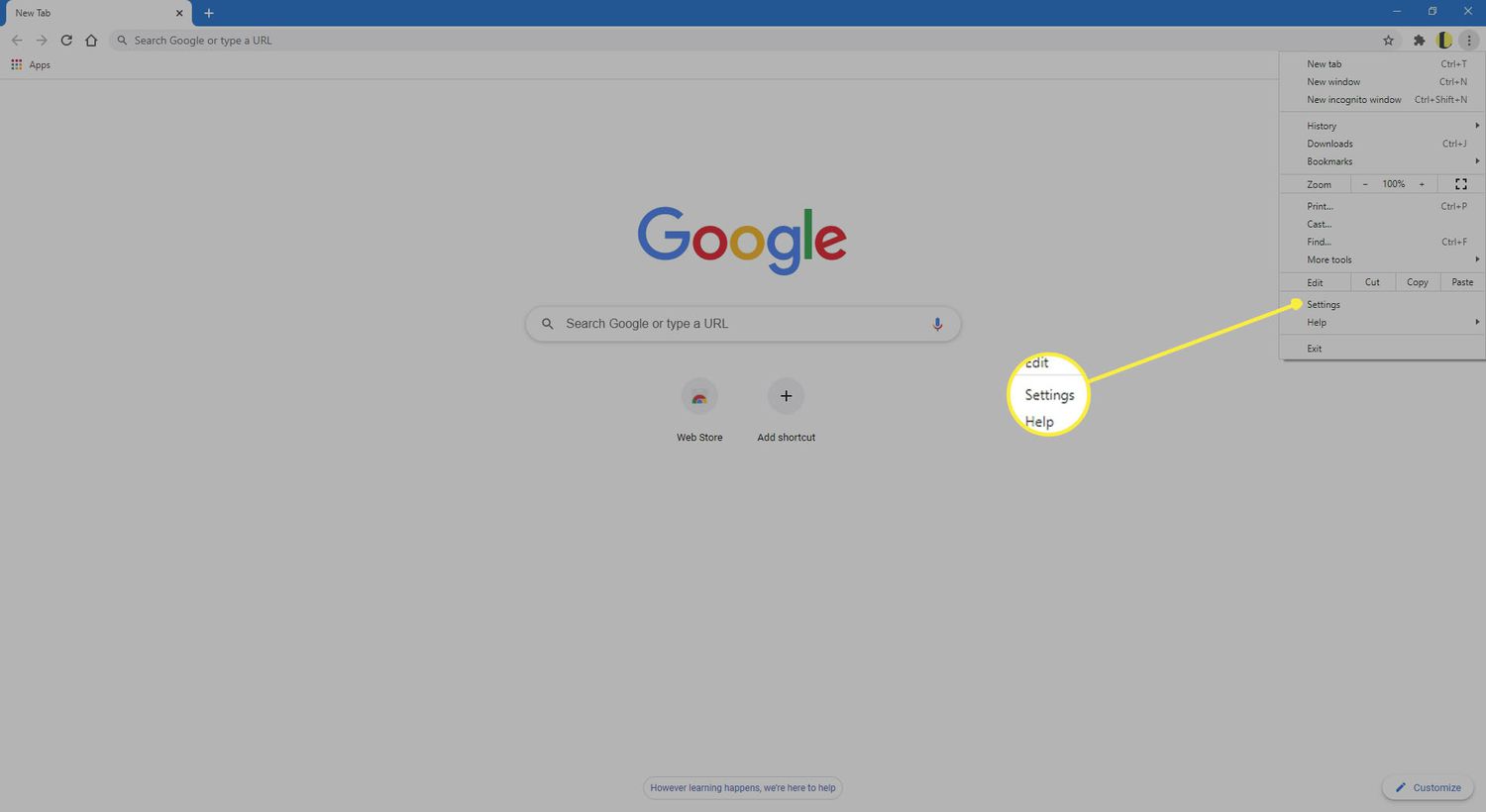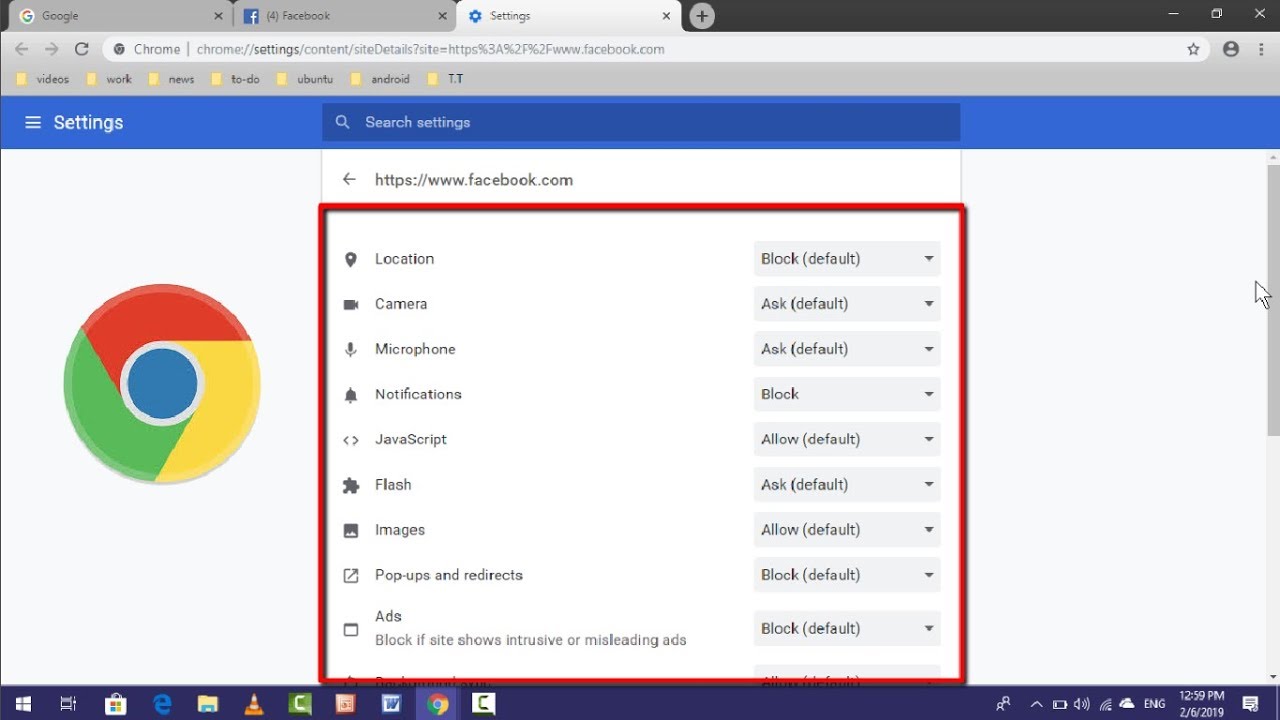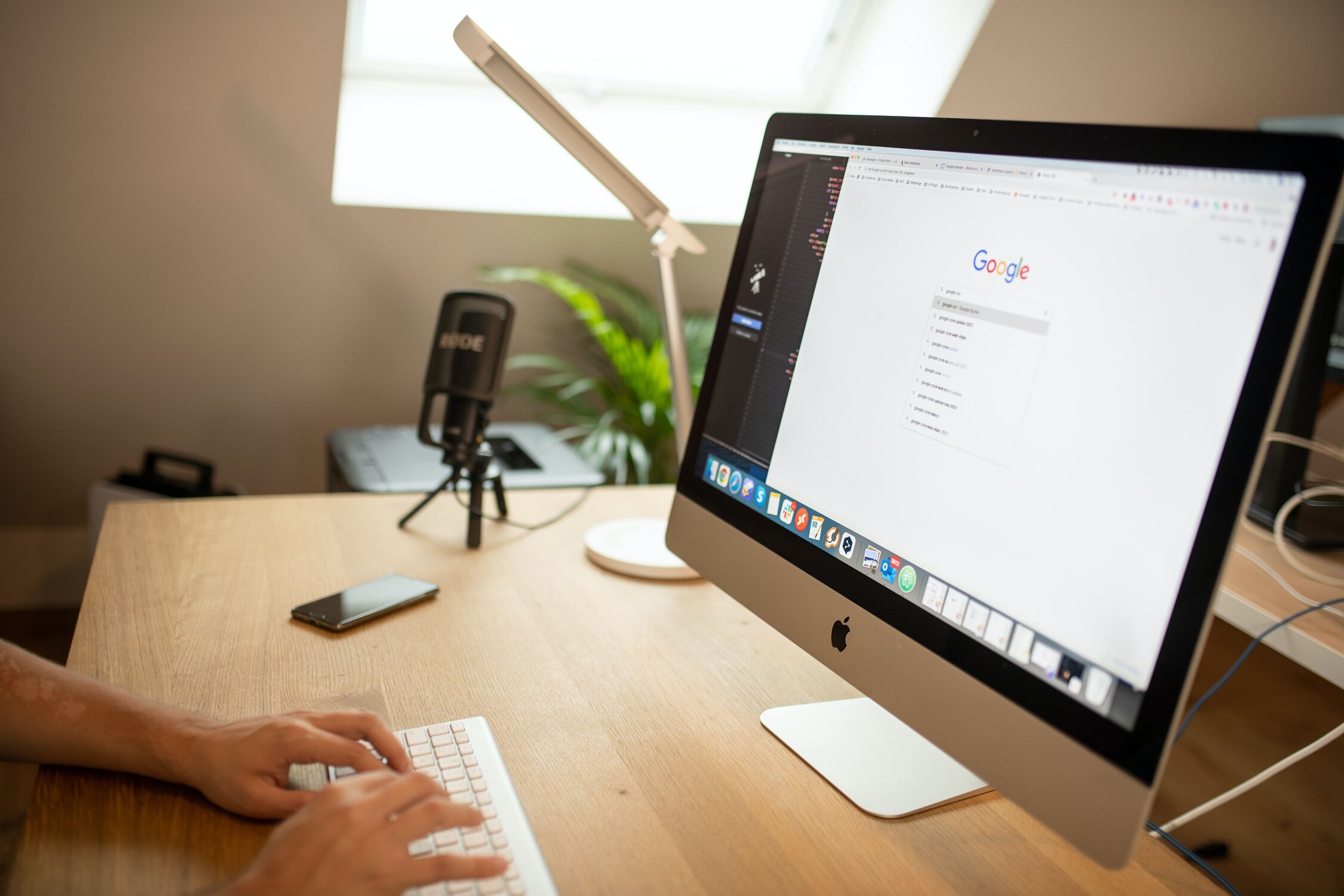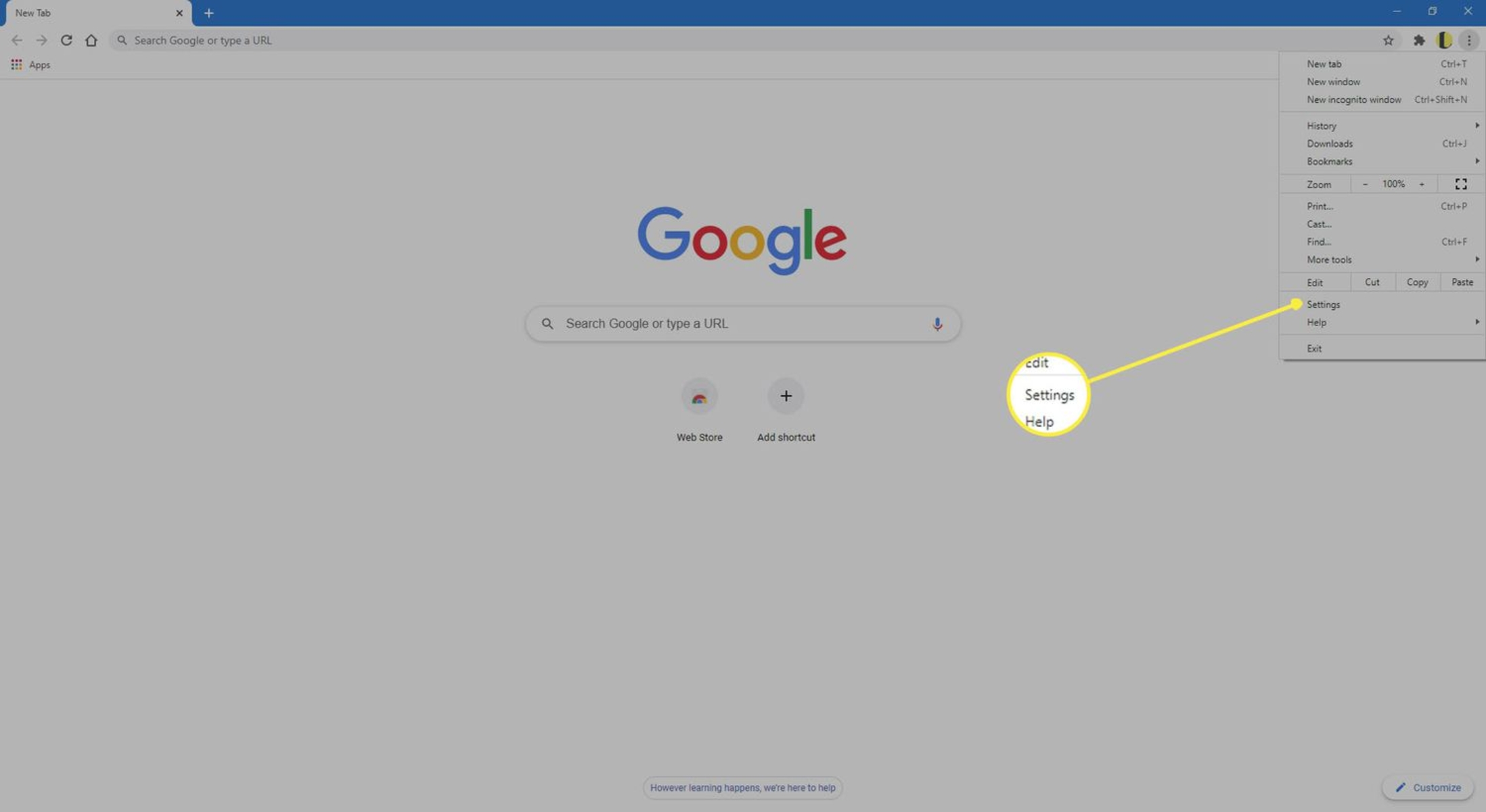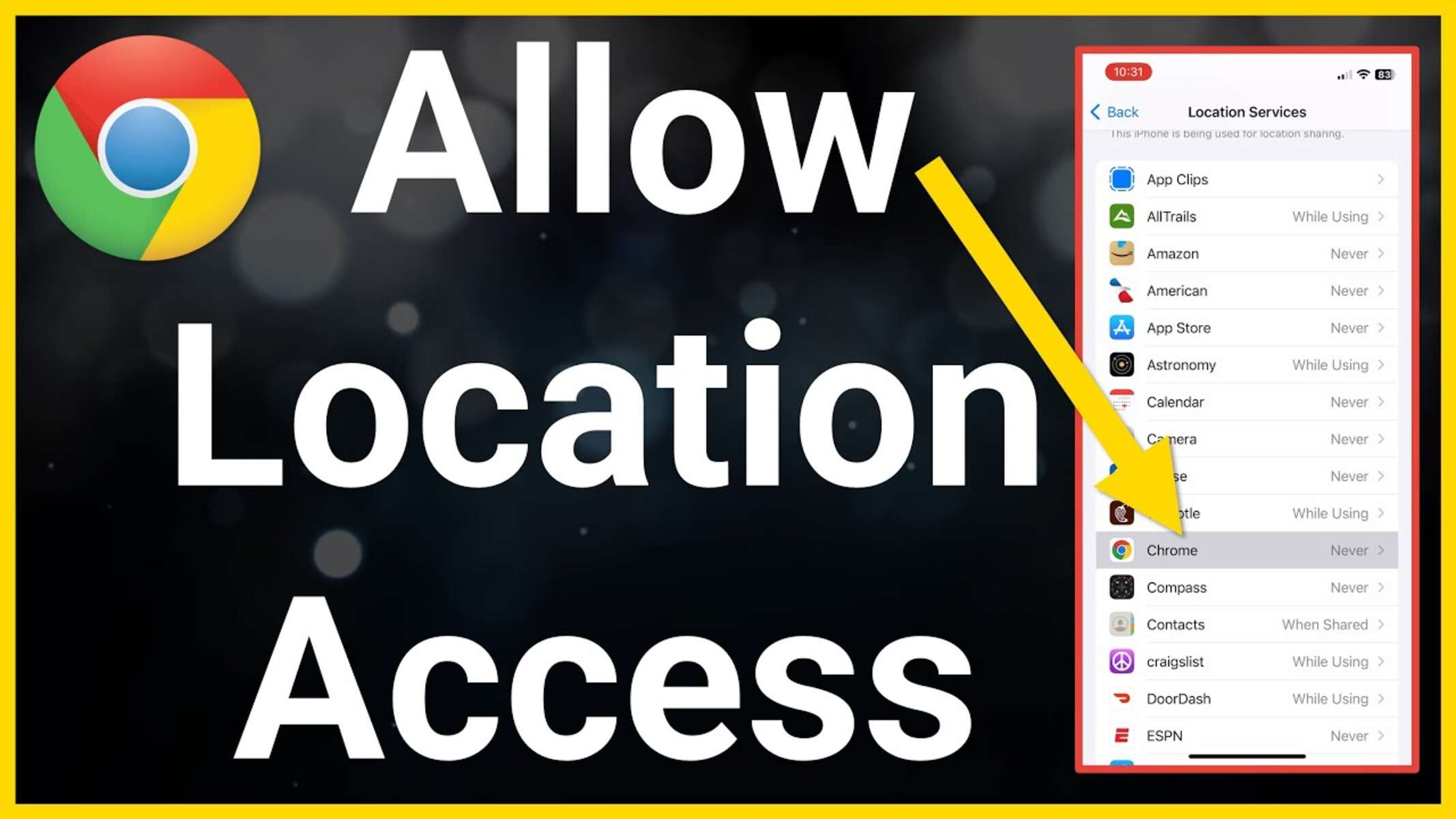Introduction
When browsing the web on your mobile device, you may encounter websites that are not optimized for smaller screens. This can lead to a less-than-ideal user experience, with content appearing cramped and difficult to navigate. Fortunately, Google Chrome offers a solution to this problem by allowing users to request the desktop version of a website. This feature enables you to view the full desktop layout of a site, providing a more seamless and familiar browsing experience.
In this article, we will explore two simple methods for requesting the desktop site on Chrome. Whether you're accessing a website for work, research, or leisure, being able to switch to the desktop version can greatly enhance your browsing experience. By following the steps outlined in this guide, you'll be able to effortlessly access the desktop version of any website, ensuring that you can enjoy a more optimized and visually appealing browsing experience on your mobile device.
Now, let's delve into the methods for requesting the desktop site on Chrome and unlock the full potential of your browsing experience.
Method 1: Using the Menu Option
When you come across a website that appears distorted or lacks functionality on your mobile device, Chrome provides a straightforward method to request the desktop version. By utilizing the menu option, you can seamlessly transition to the full desktop layout of the site. Here's a step-by-step guide to help you navigate through this process:
-
Open Chrome: Launch the Google Chrome browser on your mobile device and navigate to the website for which you'd like to request the desktop version.
-
Access the Menu: Upon reaching the website, look for the three-dot menu icon located at the top-right corner of the browser window. This icon represents the Chrome menu and serves as the gateway to various browser settings and features.
-
Select "Desktop Site": Tap on the three-dot menu icon to open the Chrome menu. From the menu options that appear, scroll down until you find the "Desktop Site" checkbox. By tapping on this checkbox, you will instruct Chrome to load the desktop version of the website.
-
Reload the Page: After selecting the "Desktop Site" checkbox, you may need to reload the webpage for the changes to take effect. This can be done by tapping the refresh icon within the browser or using the refresh gesture, depending on your device.
-
Enjoy the Desktop Experience: Once the page has been reloaded, you should now be viewing the desktop version of the website. The content will be optimized for larger screens, and you'll have access to the full range of features and functionalities offered by the desktop layout.
By following these simple steps, you can seamlessly switch to the desktop version of a website using the menu option in Chrome. This method provides a quick and convenient way to access the full desktop experience, ensuring that you can enjoy a more visually appealing and functional browsing experience on your mobile device. Whether you're conducting research, accessing work-related resources, or simply exploring your favorite websites, the ability to request the desktop site can greatly enhance your overall browsing experience.
Method 2: Using the URL Bar
Another convenient method for requesting the desktop site on Chrome involves utilizing the URL bar. This approach provides a straightforward way to seamlessly transition to the full desktop layout of a website. By following the steps outlined below, you can easily access the desktop version of any site, ensuring a more optimized and visually appealing browsing experience on your mobile device.
-
Open Chrome: Begin by launching the Google Chrome browser on your mobile device and navigating to the website for which you'd like to request the desktop version.
-
Access the URL Bar: Once you've reached the website, locate the URL bar at the top of the browser window. This is where the website's address or URL is displayed.
-
Enter the URL: In the URL bar, you'll typically see the web address of the site you're currently visiting. To request the desktop version, simply tap on the URL to activate the editing mode.
-
Edit the URL: After tapping on the URL, you may notice that the entire web address becomes highlighted. At this point, you'll need to edit the URL slightly to trigger the desktop site request. To do this, simply add "view-source:" (without the quotation marks) at the beginning of the URL.
-
Reload the Page: Once you've edited the URL to include "view-source:", proceed to reload the webpage. This can be done by tapping the refresh icon within the browser or using the refresh gesture, depending on your device.
-
Access the Desktop Site: After reloading the page, you should now be viewing the desktop version of the website. The content will be optimized for larger screens, and you'll have access to the full range of features and functionalities offered by the desktop layout.
By following these straightforward steps, you can seamlessly switch to the desktop version of a website using the URL bar in Chrome. This method provides a quick and convenient way to access the full desktop experience, ensuring that you can enjoy a more visually appealing and functional browsing experience on your mobile device. Whether you're conducting research, accessing work-related resources, or simply exploring your favorite websites, the ability to request the desktop site can greatly enhance your overall browsing experience.
Conclusion
In conclusion, the ability to request the desktop site on Google Chrome empowers users to seamlessly transition to the full desktop layout of websites while browsing on their mobile devices. By employing the menu option or utilizing the URL bar, users can unlock a more optimized and visually appealing browsing experience, ensuring access to the complete range of features and functionalities offered by the desktop version of a website.
The menu option provides a straightforward method for requesting the desktop site. By accessing the Chrome menu and selecting the "Desktop Site" checkbox, users can effortlessly switch to the desktop version of a website. This approach is particularly convenient for individuals seeking a quick and convenient way to access the full desktop experience, whether for work-related tasks, research, or leisure browsing.
Similarly, the URL bar method offers a simple yet effective way to request the desktop site. By editing the URL to include "view-source:", users can seamlessly trigger the desktop version of a website. This approach provides an additional avenue for users to access the full range of features and functionalities offered by the desktop layout, ensuring a more optimized and visually appealing browsing experience on their mobile devices.
Ultimately, the ability to request the desktop site on Chrome enhances the overall browsing experience, allowing users to enjoy a seamless transition to the full desktop layout of websites. Whether users are accessing work-related resources, conducting research, or simply exploring their favorite websites, the option to switch to the desktop version ensures a more visually appealing and functional browsing experience on mobile devices.
By incorporating these methods into their browsing routine, users can navigate websites with ease, regardless of the device they are using. This flexibility and accessibility contribute to a more seamless and enjoyable browsing experience, ultimately enhancing productivity and satisfaction for users across various browsing scenarios.
In essence, the ability to request the desktop site on Chrome underscores the browser's commitment to providing a user-centric and adaptable browsing experience. By offering these intuitive methods for accessing the desktop version of websites, Chrome empowers users to tailor their browsing experience to suit their preferences and needs, ensuring a more seamless and visually engaging interaction with online content.







